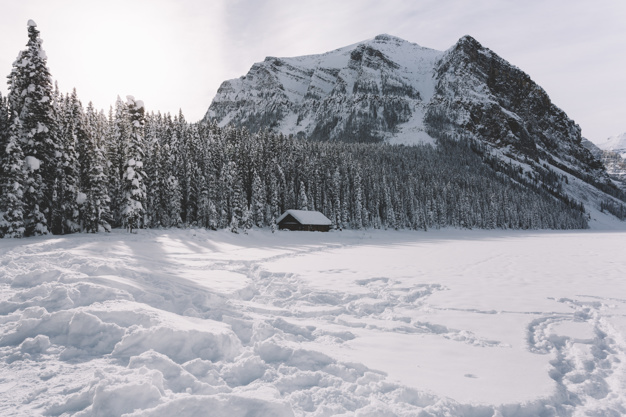Winter in Brownsville could vary from sunny and 72° outside to wet, cold and freezing temperatures. From the time I was born and up until the Christmas of my Freshman year of high school, my family lived on Hayes Street across from Garfield Park. Our home was in a working-class neighborhood of mostly Mexicanos, sprinkled with remnants of families with surnames like Lord, DuMaul, Williams and Broussard. Even if I think really hard and try to remember if any homes were built from stucco or brick, I can’t recall that any were. Most homes, like ours, were wooden frame homes with pier and beam foundations. Our homes swayed their ways through the toughest of hurricanes, had box fans in every other window, many (before central air) had an air conditioning unit or two to cool the bedrooms down at night, and just about all our homes were decorated with the winegard TV antennas for our television watching enjoyment pleasure (when we could watch ABC, CBS and NBC networks long before cable television came into existence). On the rare, cold winter nights many, including us, would fire up our gas heater units in the bathrooms, hallways, los calentadores with the bricks in them that also connected to the gas spigots protruding from the walls. It was on those cold winter nights that the creatures of the night would seek shelter and warmth under our houses. Our house had a variety of plants and vegetation in the front and back yard that was the perfect feeding ground for them. On any given day or night, we could find limones, chiles, naranjas, papayas, platano, duraznos, Chinese plums, an avocado, pomegranate, chile piquin, tomatoes, loofah for the pickin’ and herbs like cilantro y yerba buena for cooking. Instead of raccoons, our neighborhood was breeding ground zero for possums or tlacuaches. These critters weren’t small or even average size. They were ginormous! Huge! Chingones! After all, why wouldn’t they be? They feasted daily not only on our trees, but everyone else’s too. The tlacuaches slept most days away, but could be seen up in the trees, climbing fences on any given south Texas night. During the cold season estos would find crawl spaces under the house to get warm, to propagate and to fight. It was never the propagating that scared us, it was the horrific fights and their screams and squeals that scared the beejeezus out of me and my brother. You could hear them growling and thumping, hissing and biting . . . many times for hours at a time, some nights waking us up from a sound. warm sleep in the wee hours of the morning. Often times, on the mornings that followed these WWF of Tlacuaches nights, my mother would gather fruit from our trees and place it into the “jaula” or trap cage. She would let the fruit sit for the day then slip it under the house ready, trap set for any unsuspecting tlacuache to meet its fate. And sho’ nuf, it rarely failed. Once the tlacuache was snared, it was only a matter of time before it tired itself out and by morning, Mom was on the phone with the Dog Catcher (Animal Control Services) scheduling a pick-up of her prize. My Mom was funny, always so excited with the fact that she could trap those pinche tlacuaches that weren’t any good to anyone, “no sirven pa’ nada” she would say except to eat her fruit from her yard and scare her kids half to death at night. Those tlacuaches never had a chance, ever. I smile just thinking about my Mom’s feats and the memory of that outshines the recollection of those nasty Tlacuaches night fights.
The Tlacuache Night Fights









